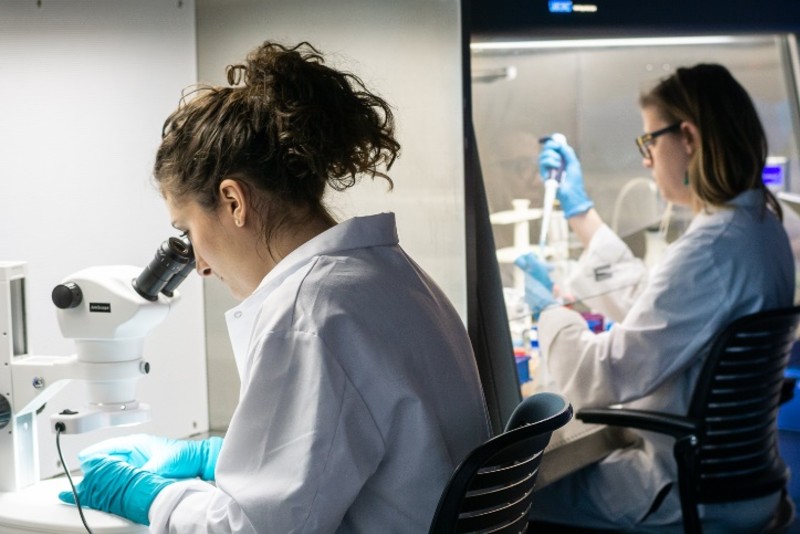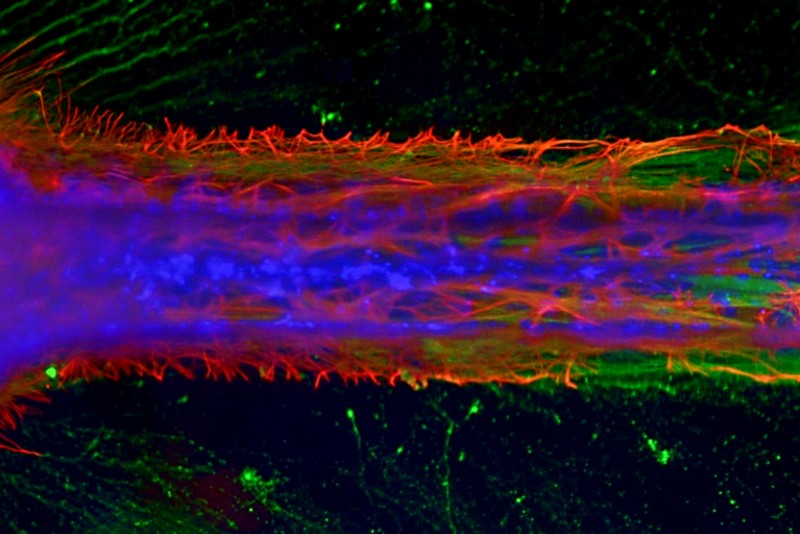SUMMARY
Organ-on-a-chip devices have great potential to identify effects of chemical and drug exposure by mimicking in vivo physiology. These devices must be qualified, however, through comparison with the known effects of drugs already on the market. We conducted that assessment with AxoSim’s rat NerveSim, also known as its rat Nerve-on-a-Chip platform, using multiplexed analyses to determine neurotoxic effects of several cancer drugs from a mechanistic perspective.
We assessed NerveSim’s ability to screen for implications of functional and structural nerve dysfunction in chemotherapy-induced peripheral neuropathy. First, this research demonstrates that NerveSim accurately recreates axonal growth, orientation, and function analogous to mature nerve anatomy. By screening known neurotoxic compounds, we established the potential for our model to prove not only whether a drug is toxic, but to also provide insights into the mechanism of that toxicity. It’s the first 3D in vitro model to collect electrophysiological and histomorphic metrics to assess in vivo pathophysiology. NerveSim not only offers a shorter path to data, but also higher-content results.





